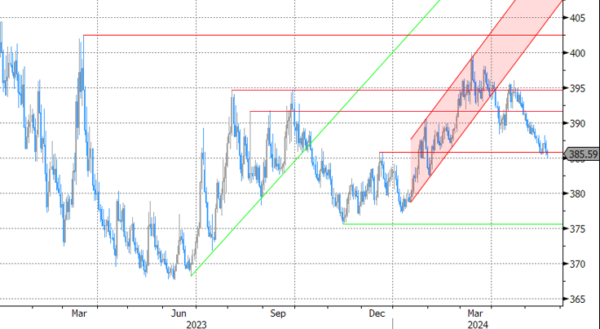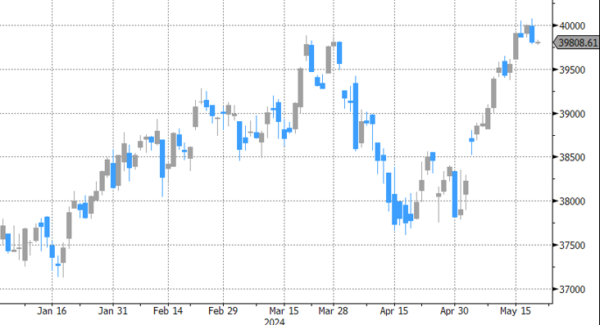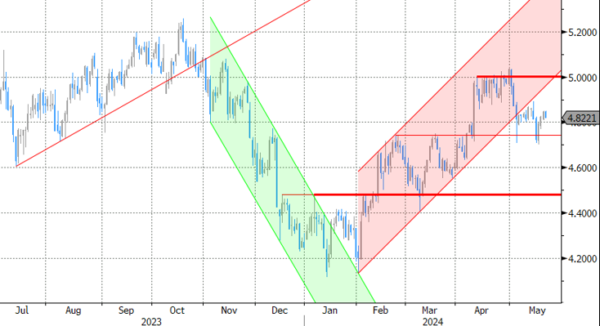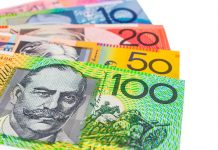Markets:
Trading was again confined to rather tight ranges today. US yields created some breathing space end last week compared to important support levels (4.7% area US 2-y yield, 4.3/37% area 10-y yield), but for now follow-through gains look rather difficult. Eco were few today, but there were interesting comments from Fed governors. Fed’s Waller at least isn’t impressed by recent ‘softer’ data. He admitted that further rate hikes are probably unnecessary. Prices are not accelerating any further and progress toward to the 2% target has likely resumed. In the absence of a significant weakening of the labour market, Waller indicated he still needs several months of good inflation data before feeling comfortable on supporting an easing in the stance of monetary policy. More or less at the same time, Atlanta Fed Bostic also said he expects inflation to decline slowly which will probably allow the Fed only to start cutting rates in Q4. He also said that rates are restrictive, but efficacy could be lower as the Fed is making up its mind on the long term neutral rate. Both the comments of Waller and Bostic pushed US yields higher in a first reaction, but these didn’t last. On the contrary, US yields are ceding between 2.5 bps (2-y) and 4 bps (30-y). Admittedly at different levels, but graphs currently even suggest that the downside in EMU/German yields even might be a bit more solid, with the ECB Q1 negotiated wage data an PMI’s later this week potentially providing some further guidance. German yields decline 2-3 bps across the curve. A mild bond market climate this time doesn’t help any further equity gains. The Eurostoxx is falling prey to profit taking (-0.85%). US equities also show some hesitation after touching new record levels last week (S&P 500, -0.1%)) or yesterday (Nasdaq today-0.35%).
Today’s market set-up (lower yields but at the same time also softer equities) doesn’t really help the dollar. DXY gains marginally (104.6) as does USD/JPY (156.3). EUR/USD tried to regain some ground earlier this morning but couldn’t maintain the intraday momentum (unchanged near EUR/USD 1.0855). For now sterling easily keeps recent gains against the dollar (GBP 1.271) and the euro (EUR/GBP 0.8545). CBI May data on manufacturing were mixed at best. Expected production rebounded, but inventories are high, orders’ growth contracted at the fastest pace since November and expected growth of selling prices eased more than expected. CBI data often have only a limited impact on markets. However, comments from BoE governor Bailey later today and tomorrow’s April CPI data for sure are able to move the market. We see risks for UK interest rate markets to more toward a more ECB like scenario (first cut in June) if the April CPI drops close to 2%. This might also cap recent sterling outperformance.
News & Views
Canadian inflation slowed slightly in April, from 0.6% M/M to 0.5% M/M (in line with consensus). The Y/Y-pace decelerated from 2.9% to 2.7%, the lowest since March 2021. The broad-based slowdown was driven by food prices (-0.2% M/M & +2.3% Y/Y), services (+0.2% M/M & +4.2% Y/Y) and durable goods (-0.3% M/M & -0.8% Y/Y). Gasoline prices rose 7.9% M/M and 6.1% Y/Y. Shelter costs continued to contribute positively (+0.5% M/M & +6.4% Y/Y). The Bank of Canda’s preferred core inflation gauge (trimmed mean) slowed from 3.2% Y/Y to 2.9% Y/Y in April, but the 3-month annualized pace reaccelerated for the first time since December (1.64% from 1.35% according to Bloomberg calculations). It’s unclear whether today’s report is sufficient for the Bank of Canada to tick the box of further sustained easing in core inflation (key condition to shift to an easier policy) at its June policy meeting. The market implied probability of a rate cut is 60%, but we don’t see the BoC moving (way) in advance of the Fed. The Loonie loses some ground against the greenback today, trading at USD/CAD 1.3660 from 1.3620.
The National Bank of Hungary cut its policy rate as expected by 50 bps from 7.75% to 7.25%. The decision was unanimous. Looking ahead, risks surrounding global and domestic inflation and volatility in international investor sentiment warrant a careful and patient approach. The decline in Hungarian core inflation will stop in Q2 and it will fluctuate between 4.5% and 5% in the remainder of the year. Decisions on any further reductions in the base rate will be taken in a cautious and data-driven manner. MNB vice-governor Virag at the press conference suggested a final rate 25 bps or 50 bps rate cut at the June meeting but afterwards, the room for more rate cuts is very, very limited. The Hungarian forint rose to EUR/HUF 385 after the policy decision, the strongest HUF-level since early February
Graphs
USD/CAD: Loonie eases as Canadian inflation moderates further. The jury is still out on the timing of first BoC rate cut
EUR/HUF: forint holding strong as MNB will end rate cuts after June as core inflation is expected to hold near 4.5%-5%.
Dow Jones: US equity rally slows after touching record levels last week/yesterday.
US 2-y yield (for now) fails to extend rebound off key support levels touched last week.

















